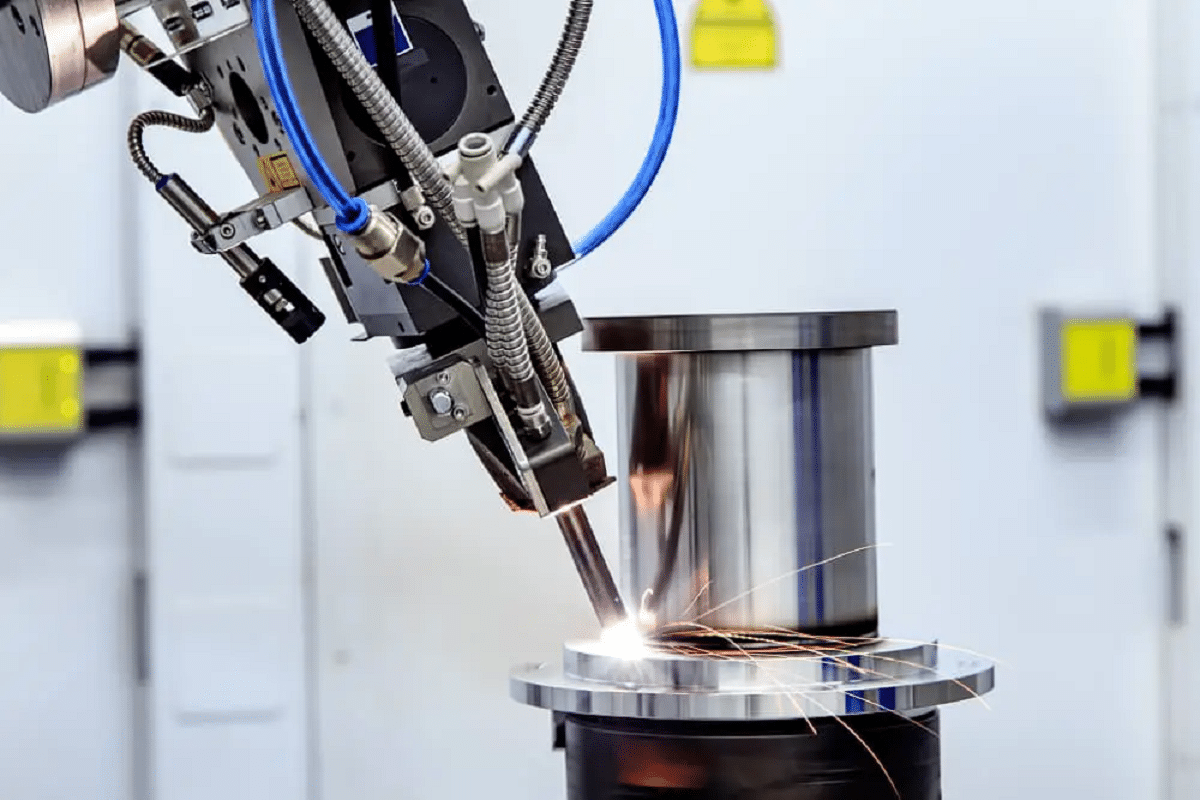Preventing Weld Undercut Made Easy: Secret Techniques Revealed
Grasping the Art of Welding: Just How to Avoid Undercut Welding Issues for Flawless Construction Results
Efficiency and precision are critical in the globe of welding, where even the least blemish can jeopardize the architectural stability of a made piece. One typical obstacle that welders face is undercutting, a flaw that can weaken a weld joint and lead to pricey rework. By understanding the root creates of undercut welding and implementing efficient strategies to prevent it, welders can elevate their craft to brand-new degrees of quality (Preventing weld undercut). In the pursuit of perfect construction outcomes, understanding the art of welding to avoid undercut problems is not simply an ability yet a necessity for those striving for perfection in their work.
Understanding Undercut Welding

To prevent undercut welding, welders ought to make sure appropriate welding criteria, such as readjusting the existing, voltage, traveling rate, and keeping the proper electrode angle. By understanding the reasons of undercut welding and implementing preventative steps, welders can accomplish top quality, structurally audio welds.
Reasons For Undercut in Welding
Comprehending the factors that add to undercut in welding is vital for welders to create top notch, structurally audio welds. Damaging happens when the weld metal does not properly fill the groove created in between the base steel and the previously deposited weld steel. Several factors can lead to damage in welding. One typical cause is too much warmth input. Welding at high temperature levels for extensive durations can lead to the base metal thawing greater than preferred, leading to damage. Insufficient welding present or incorrect welding speed can additionally add to undercut. Not enough current may not provide adequate warm to melt the base and filler steels effectively, while extreme rate can stop proper blend, triggering undercut. Additionally, inappropriate electrode angles or incorrect lantern control strategies can produce locations of low weld steel deposition, promoting undercut. Recognizing these causes and applying appropriate welding techniques can assist protect against undercutting issues, making certain resilient and solid welds.
Methods to avoid Undercutting

To alleviate the threat of damaging in welding, welders can employ tactical welding methods targeted at boosting the top quality and integrity of the weld joints. One effective technique is to change the welding specifications, such as voltage, existing, and take a trip rate, to ensure proper heat input and deposition. Maintaining an appropriate electrode angle and guaranteeing constant travel speed can likewise assist stop undercut. In addition, making use of the proper welding strategy for the details joint arrangement, such as weave or stringer grains, can add to lowering damaging. Preventing weld undercut.
In addition, appropriate joint preparation, including ensuring tidy base products totally free of impurities and utilizing the suitable welding consumables, is important in avoiding undercut defects. Using back-step welding methods and controlling the weld grain account can also aid Website disperse heat equally and decrease the risk of undercut. Routine assessment of the weld joint during and after welding, as well as carrying out quality control measures, can aid in finding and dealing with damaging problems promptly. By applying these methods carefully, welders can accomplish flawless construction results with very little undercut defects.
Value of Correct Welding Parameters
Choosing and keeping appropriate welding parameters is necessary for attaining successful welds with minimal problems. Welding specifications describe variables such as voltage, existing, travel speed, electrode angle, and shielding gas flow rate that straight influence the welding procedure. These criteria must be thoroughly changed official site based on the kind of product being bonded, its density, and the welding strategy used.
Correct welding criteria ensure the right amount of heat is related to melt the base steels and filler material uniformly. If the parameters are set too high, it can result in excessive heat input, causing spatter, burn-through, or distortion. On the various other hand, if the criteria are also reduced, incomplete combination, lack of penetration, or damaging might happen.
Quality Control in Welding Operations

Final Thought
In final thought, grasping the art of welding requires a thorough understanding of undercut welding, its reasons, and methods to prevent it. By ensuring correct welding specifications and implementing top quality guarantee practices, remarkable construction results can be attained. It is vital for welders to consistently pursue excellence in their welding procedures to prevent undercut concerns and look at this web-site create top quality welds.
Undercut welding, an usual problem in welding procedures, happens when the weld steel doesn't effectively fill up the groove and leaves a groove or clinical depression along the welded joint.To protect against undercut welding, welders ought to ensure appropriate welding criteria, such as changing the existing, voltage, travel speed, and keeping the appropriate electrode angle. Poor welding incorrect or present welding rate can also contribute to damage.To mitigate the danger of damaging in welding, welders can employ calculated welding strategies aimed at improving the top quality and integrity of the weld joints.In final thought, understanding the art of welding requires an extensive understanding of undercut welding, its reasons, and techniques to prevent it.